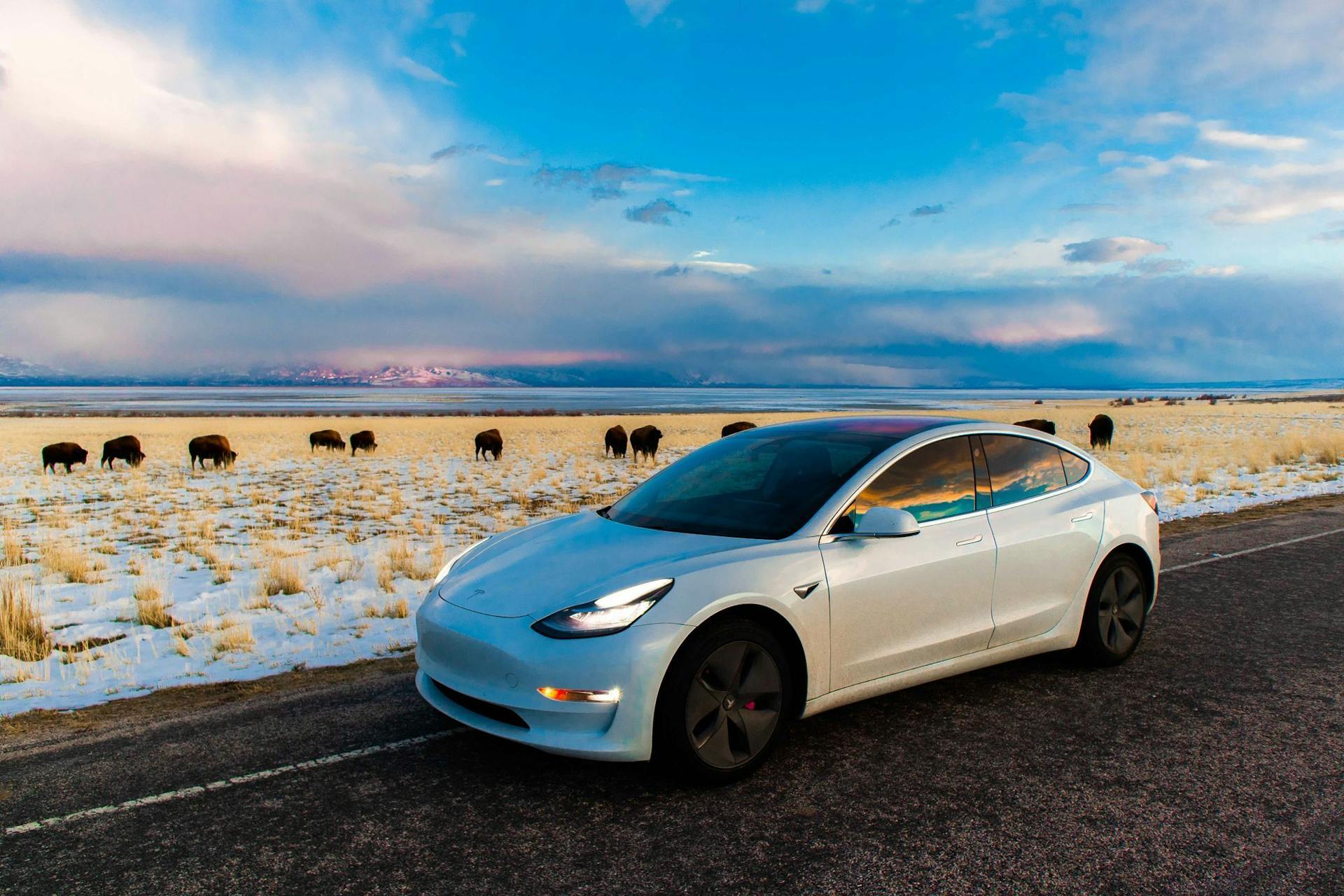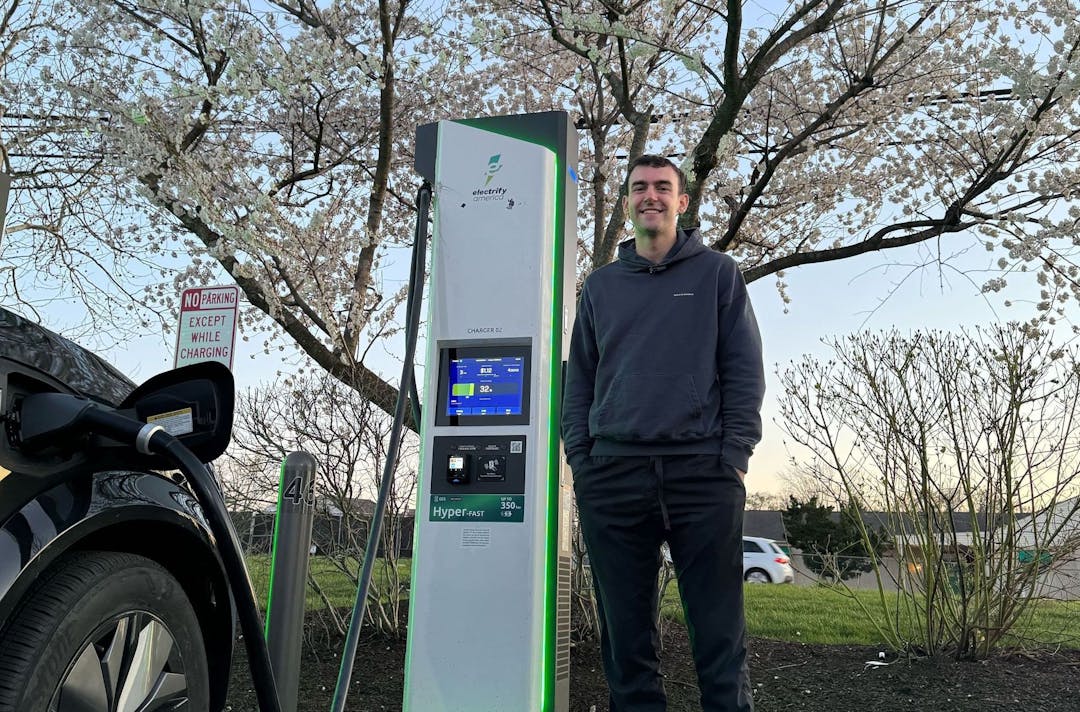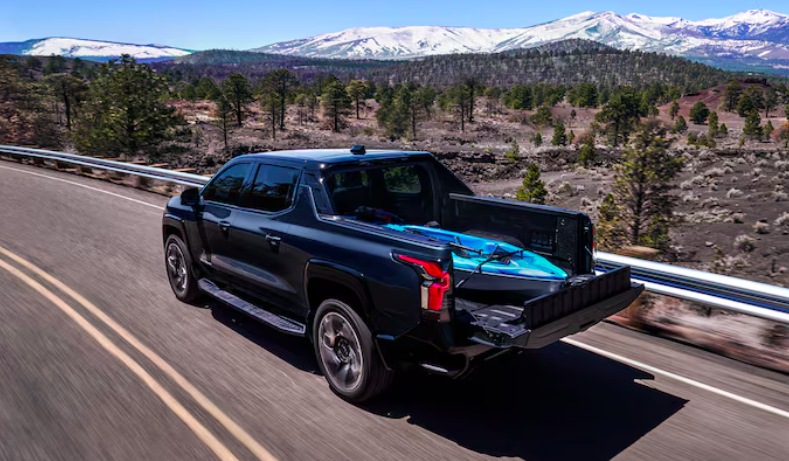Published date: October 19, 2022
22 things to know about EV charging before buying your first electric vehicle
22 things to know about EV charging before buying your first electric vehicle
There are many do’s and do-not’s in EV charging, and we have made a list below of 22 facts you should know in 2022 about EV charging to get you up to speed (no pun intended).

What should I know about EV charging before making the big decision?
1. There are three types of EV chargers
- Level 1 charging: (Alternating current; Slowest) plugging your charger into a regular outlet
- Level 2 charging: (Alternating current; Fastest for at-home charging) plugging your charger into a 240V outlet or wall mounting it
If you want a Level 2 charger at home, fill out this quick survey and we will get you charging fast.
- Level 3 charging: (Direct current; Fastest overall) plugging your car into a fast charger at a public station
2. People charge where they sleep, eat, and work
- A study by J.D. Power found that over 80% of charging happens at home (WOW!)
3. Electric vehicles can take a long time to charge from a regular outlet
- Check out our EV charging time/range calculator here to see the differences between Level 1 and Level 2 charge times.
4. Electric vehicles are cheaper to use than ICE vehicles, so long as you are paying a cheap price for electricity
- Check out our EV savings calculator here to see how much you could be eligible to save by driving an electric car.
5. EV Chargers can be public or private
- Private chargers are like the ones in your garage and can be accessed by the home owner.
- Public chargers are those you find off the side of highways, shopping malls, or anywhere else, and they can be accessed by anyone with the right key fob, QR code, or an app.
6. The price of public chargers per kWh is likely marked up
- The business behind public charging is the following: The provider generally charges the consumer more per kWh than they pay - be wary of extreme markups from these chargers.
- Some businesses might have limited free-of-charge access for their customers only.
7. There are dozens of apps for public charging
8. EV chargers could eventually be anywhere that has electricity
9. There are different types of plugs for EV charging
- For Level 1 and 2 charging the J1772 plug works for all EVs in the USA other than Tesla.
- CCS1 and CHAdeMO plugs are used for Level 3 charging.
- The Tesla plug works for Tesla.
- Tesla has adapters to use the J1772 plug or CCS1 and CHAdeMO. However, there are no adapters for non-Tesla cars to use Tesla chargers.
10. EV chargers can be either ‘smart’ or ‘dumb’
- Read this blog post to better understand the difference.
11. Chargers can be measured based on how many kW they deliver
- For example
- A Level 2 charger with 240V and 40A could be called a 9.6kW charger.
- A Level 2 charger with 240V and 48A could be called a 11.6kW charger.
- Many Level 3 chargers fall under the 150kW, 250kW, or 350kW ranges, but the most common is the 50kW Level 3 charger.
12. EV charging speed for Level 3 charging can depend on your car’s battery voltage
- Check out our blog post here where we explain this further.
13. Some EV chargers are not EV chargers at all, but technically Electric Vehicle Supply Equipment (EVSE)
- Level 1 and Level 2 chargers provide electricity to the vehicle’s onboard charger, which then charges the battery.
14. DC chargers have a charging curve where the last 20% takes much longer than the first 80%
- Also, charging speeds may be low or decrease if the battery is hot. Some of the EVs have integrated battery cooling systems to make sure you never overheat your battery.
15. Ceteris Paribas (all else equal) charging does take longer in colder weather
- It happens because a cold battery has to get to the right temperature to accept the energy at the highest charging speed.
16. The EV equivalent of miles per gallon is miles per kWh
- The average is around 3.6 miles per one kWh.
17. The average EV takes between 28-35 kWh to drive 100 miles
- Larger and heavier electric trucks and SUVs are less efficient and use more electricity to drive the same distance. However, they might have a larger battery and therefore longer available range.
18. AC charging can be healthier for EV battery life compared to DC charging
- It is generally advised to use home charging to charge your car from 20% to 80% and keep DC charging as an option for longer trips.
19. There are many incentives for EV charging and installing EV chargers
- You can read about some of them here.
20. Some startups are working on inductive charging for electric vehicles, but this is many years away
- Induction charging sounds great. It works well for your wearables or your smartphone. However, it is not that efficient for charging an EV at higher speeds and might not be safe enough yet.
21. Instead of recharging batteries, some companies in China are making swappable batteries
- Imagine, instead of charging a car, you would go to a swap station to get your current battery removed and replaced with a recharged one. The main issues here are the lack of infrastructure for swap stations and the availability of swappable batteries.
22. With EV charging comes the opportunity for many new business models!
We hope you enjoyed the list - 23 new charging facts will come next year. Happy charging!
Fill out our survey or contact us, and our team will help you get connected!
Subscribe for more EV news
Get our free, 5 min weekly newsletter. Read by 2,000+ people curious about Electric Vehicles

